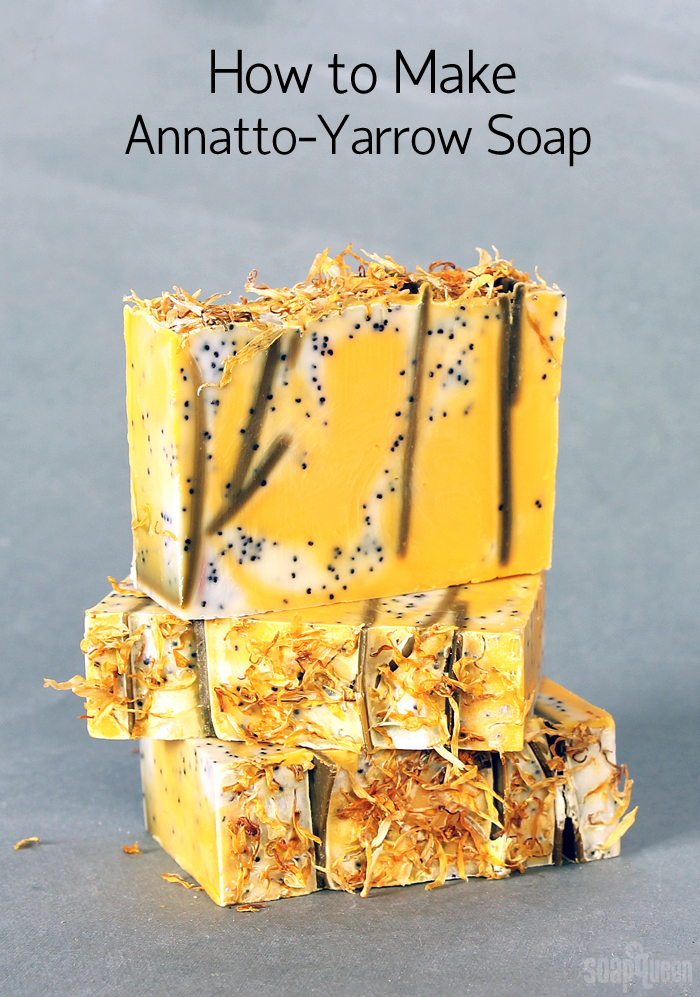
When I was writing Pure Soapmaking, I knew I wanted a really unique looking bar of soap. I also wanted a recipe that included several techniques, including embeds and infusions. That’s where this Annatto-Yarrow Soap with Embeds comes in! It’s a fun and funky bar made with natural colorants and essential oils.
This recipe does require some preparation, and the embeds will need to be made at least 2 days ahead of time. They’re colored with spirulina powder and scented with fresh bergamot essential oil. Those embeds are placed into the base, which is colored with an annatto seed infusion. It also has poppy seeds, which adds exfoliating properties to the bar. Calendula is placed on top for a finishing touch. The combination of bergamot essential oil and rosemary essential oil creates an earthy and refreshing blend.
What You’ll Need:
10″ Silicone Loaf Mold
Embeds:
1 oz. Sodium Hydroxide Lye
2.3 oz. Distilled Water
1.8 oz. Palm Oil (25%)
1.8 oz. Coconut Oil (25%)
0.5 oz. Mango Butter (7%)
3 oz. Olive Oil Pomace (43%)
Spirulina Powder
Yarrow Powder
0.3 oz. Bergamot Essential Oil
Optional: Sodium Lactate
Base Soap:
4.7 oz. Sodium Hydroxide Lye
11.2 oz. Distilled Water
6.8 oz. Palm Oil (20%)
8.5 oz. Coconut Oil (25%)
10.2 oz. Olive Oil Pure (30%)
6.8 oz. Rice Bran Oil (20%)
1.7 oz. Chia Seed Oil (5%)
Poppy Seeds
Annatto Seeds
Calendula
0.8 oz. Bergamot Essential Oil
0.8 oz. Rosemary Essential Oil
Optional: Sodium Lactate

Click here to add everything you need for this project to your Bramble Berry shopping cart!
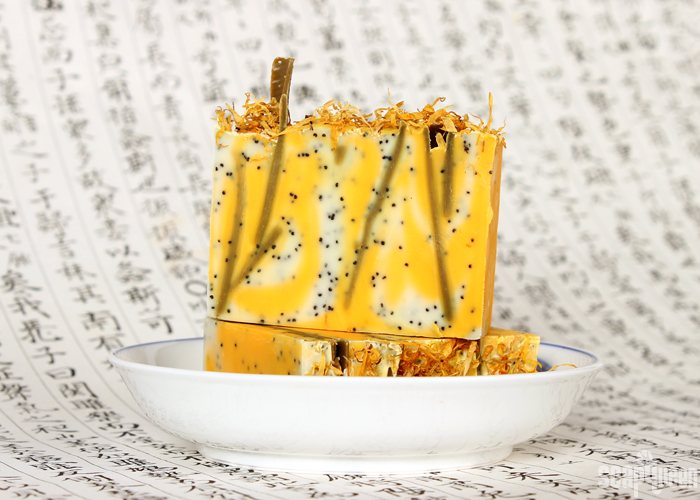
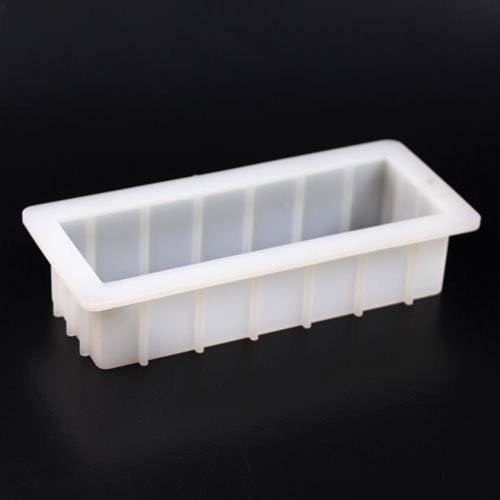

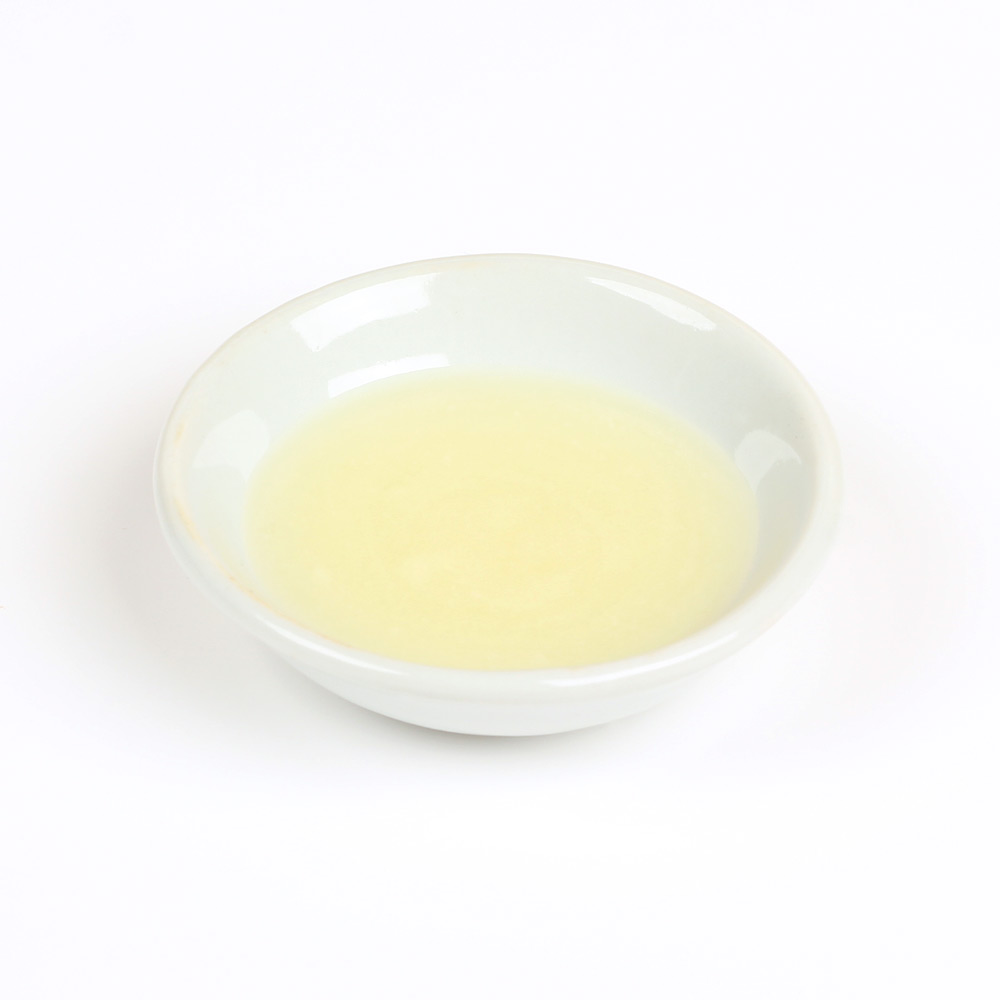
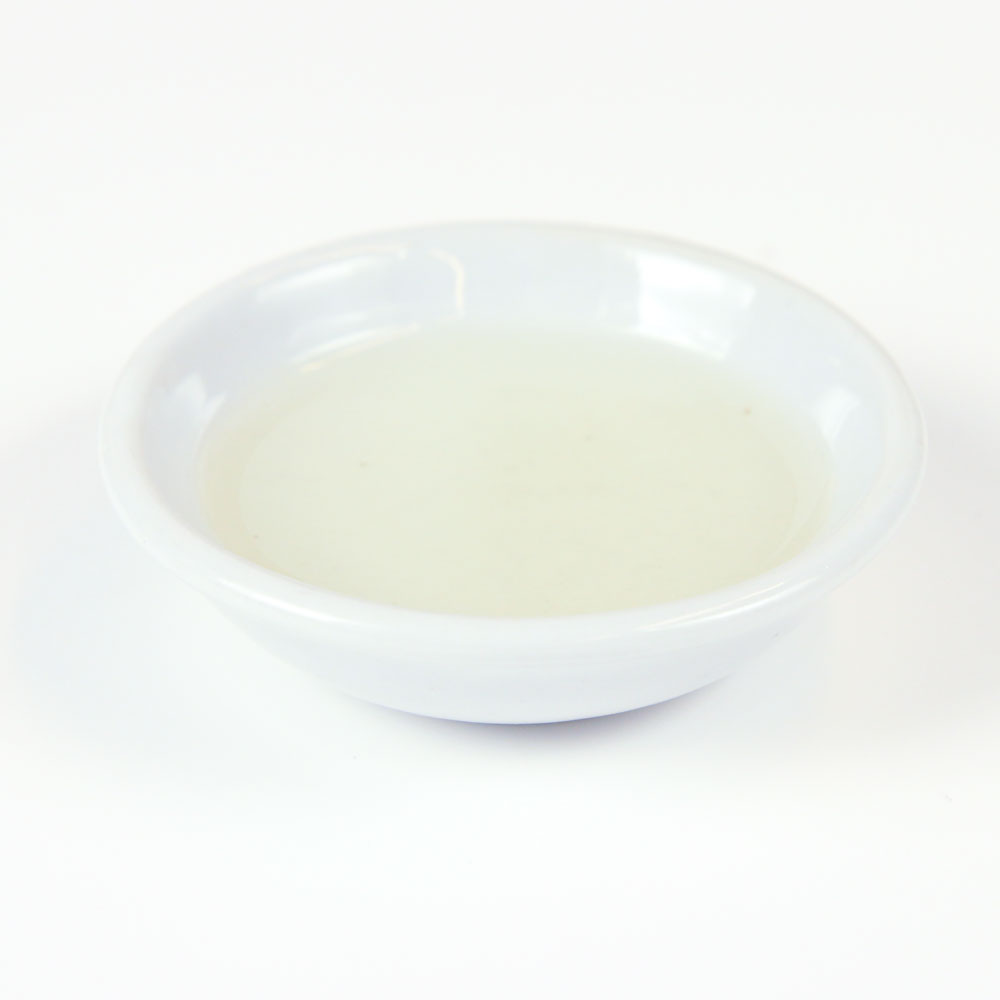
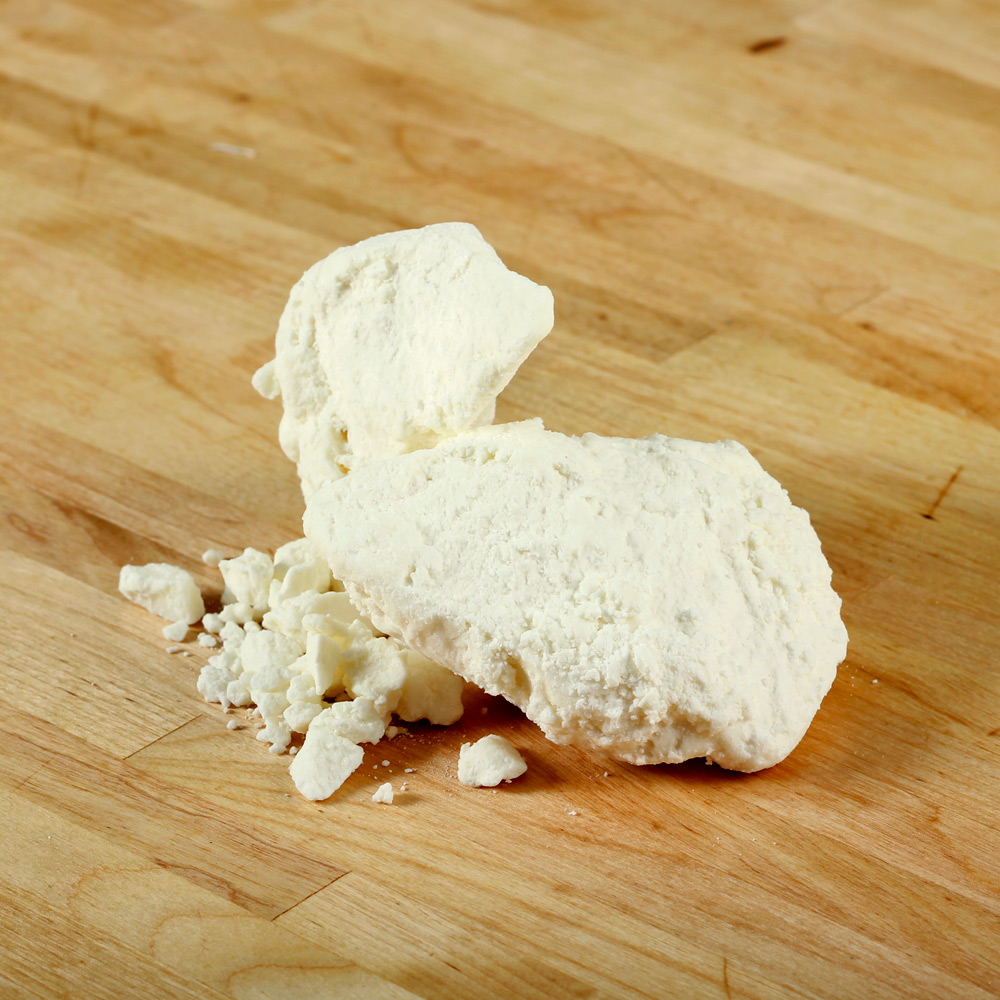
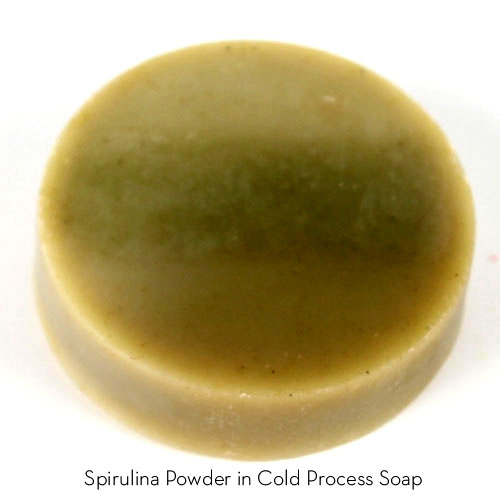
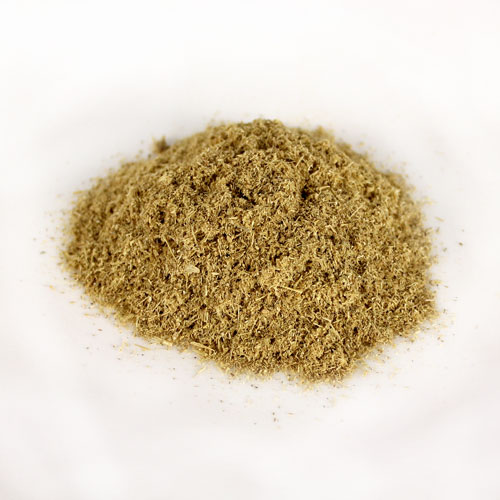
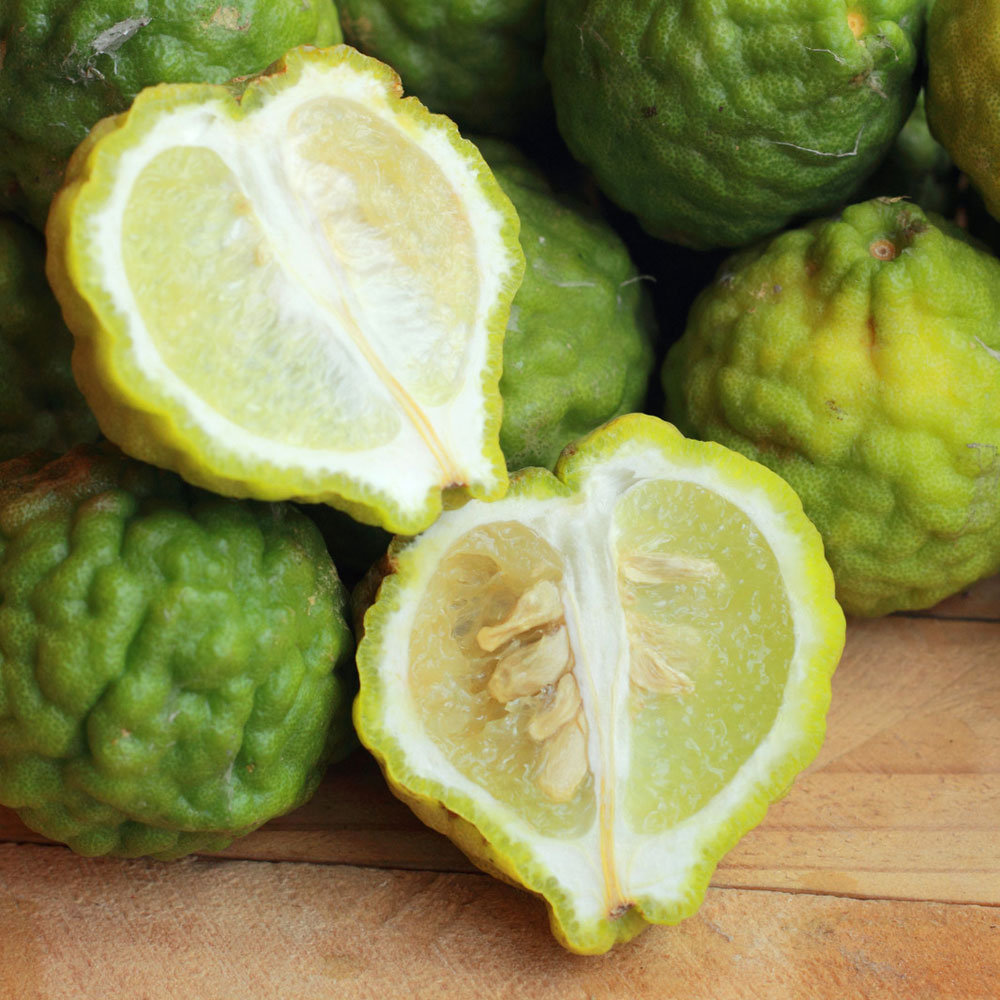
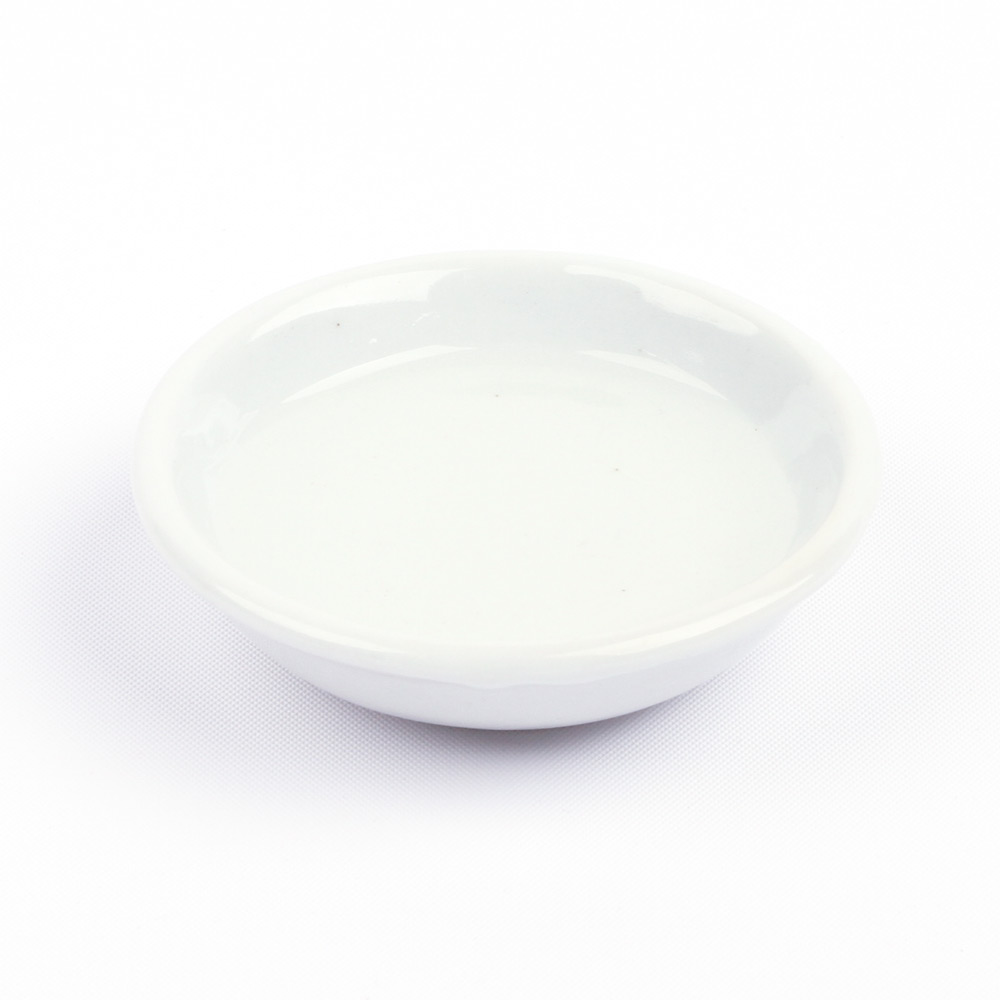
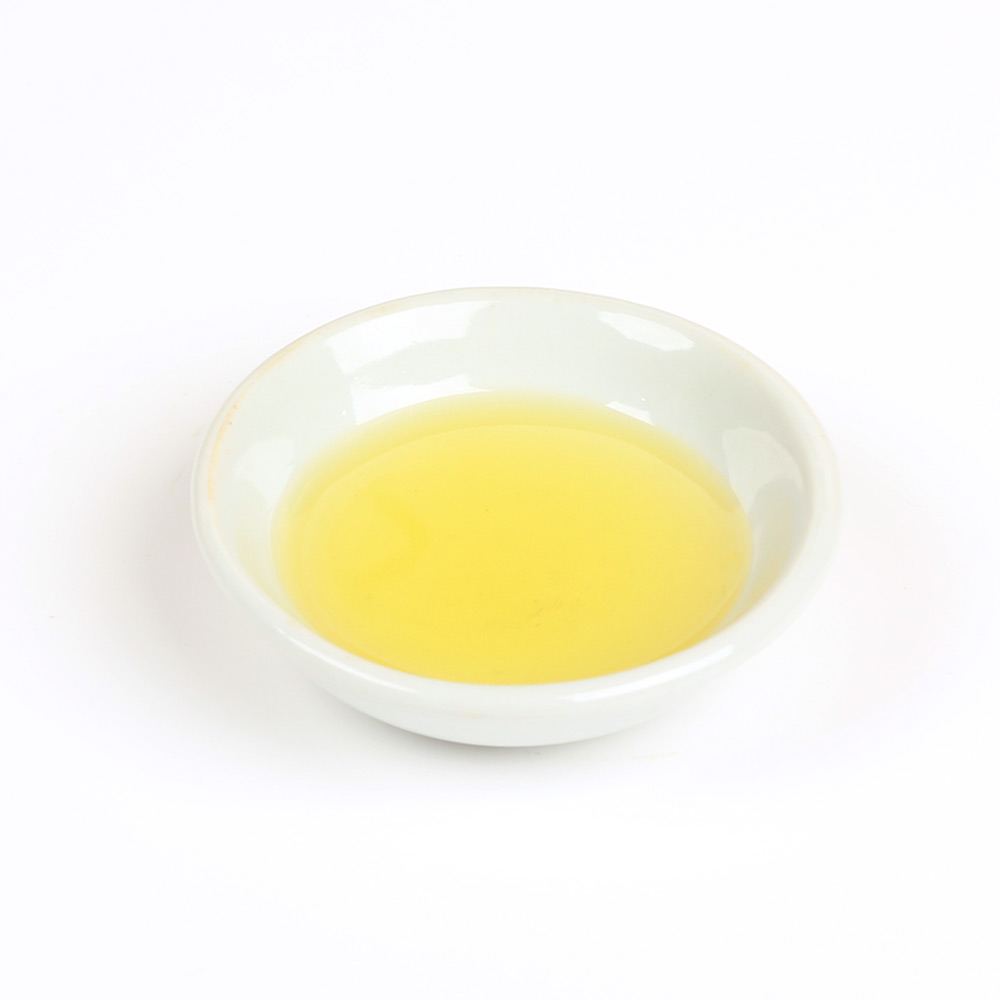

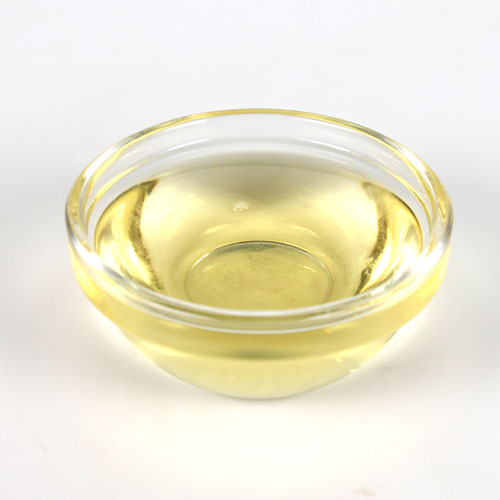
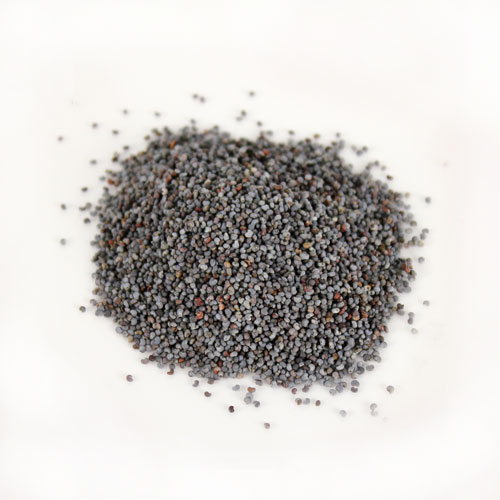

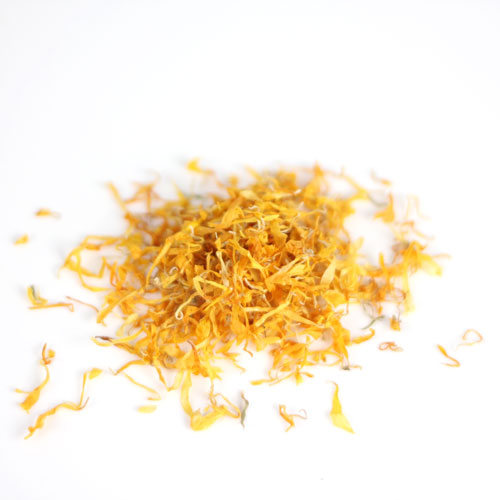
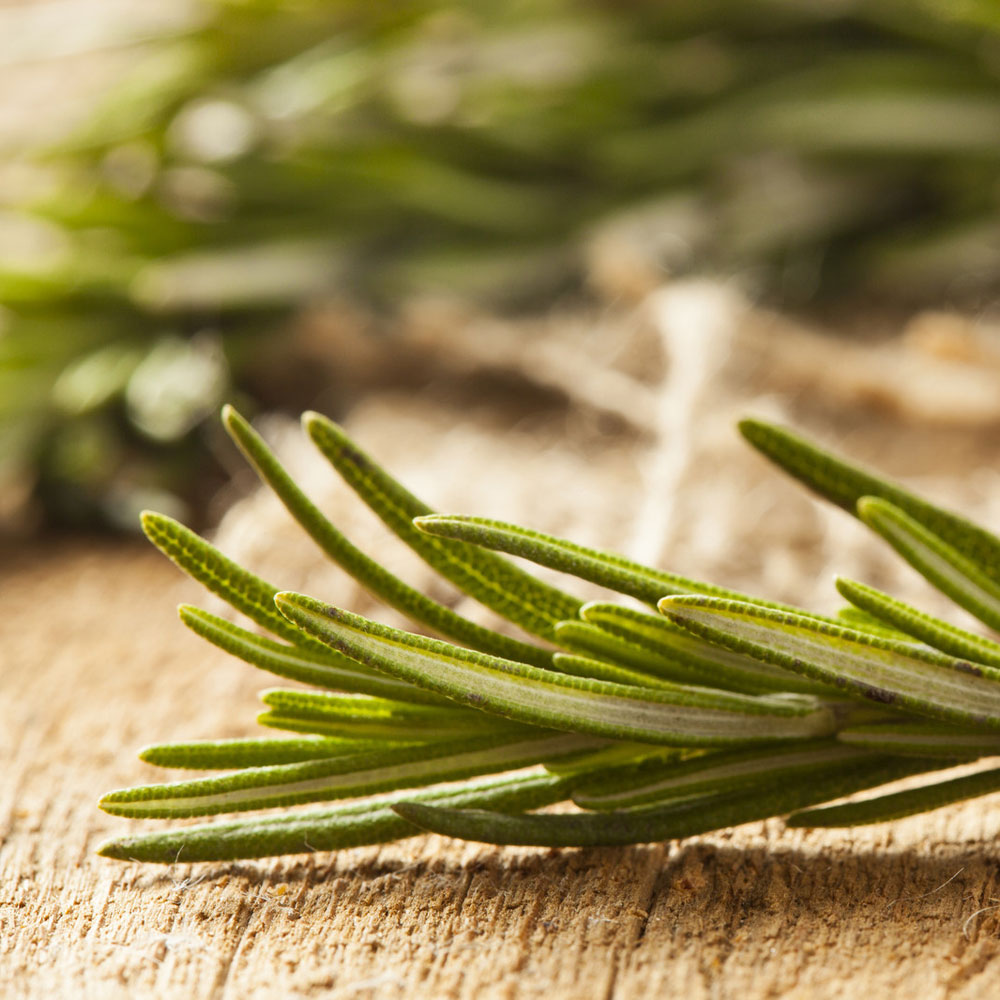
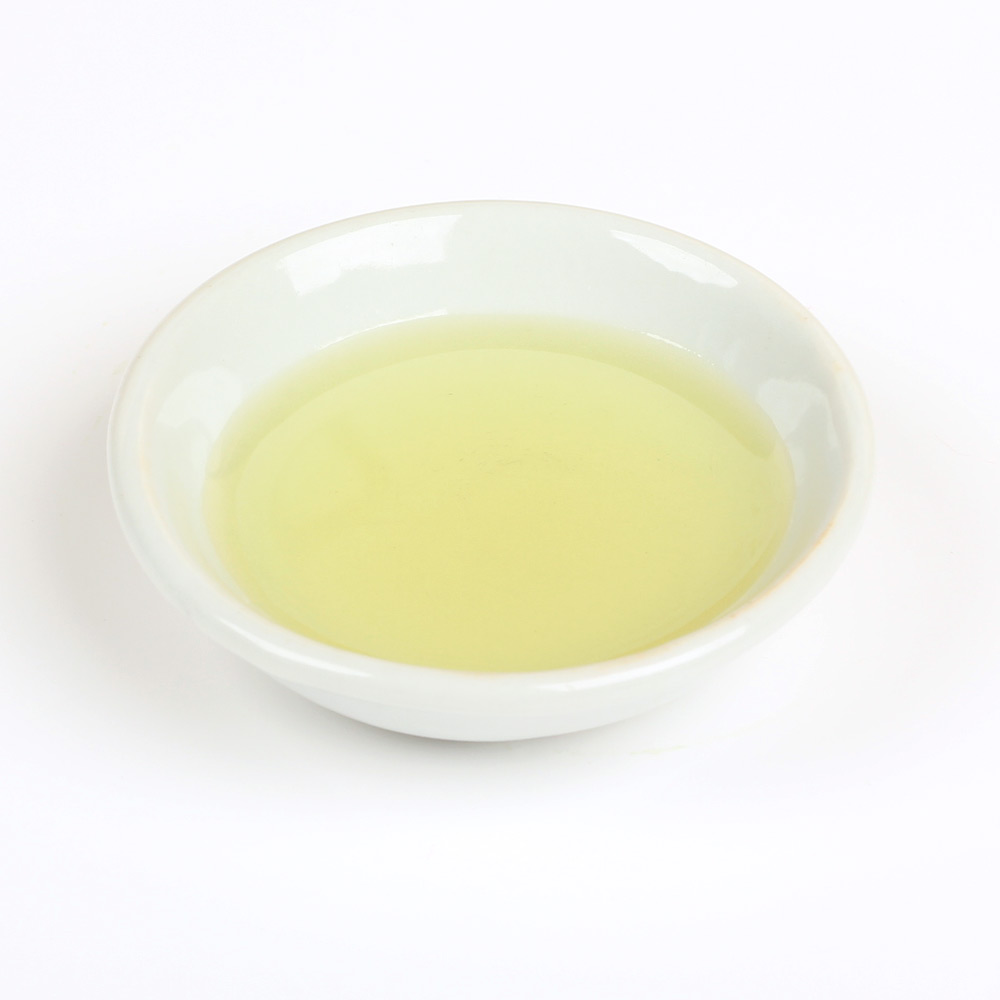


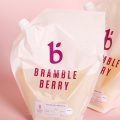
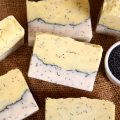
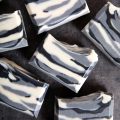
Hi! I have a couple questions. first, why did you choose the oils you did? I understand the properties of most basic soap oils, but for instance, why chia? why mango? Which leads to my second question– why a different recipe for embeds compared to base? I gather this is relatively soft bar, at least to begin, as you need to wait a couple days to unmold, so I assume that the embed isn’t different because of that?
And, its a lovely soap! I hope to try something like this soon!!
Every oil that goes into the recipe adds certain properties. So, chia seed oil is moisturizing and full of good protein and vitamins. Mango butter moisturizes the skin and it helps harden the bars. Learn more about common oils and what they add to soap here: http://www.soapqueen.com/bath-and-body-tutorials/tips-and-tricks/free-beginners-guide-to-soapmaking-common-soapmaking-oils/
As for the embeds, it needed a certain texture to be able to peel. After a few recipe tweaks, we found that combination of oils worked the best. The embed and base recipe cure well together.
These remind me of my old birch tree with it’s yellow fall leaves.
I can definitely see that too, especially with the petals on top.
Hello! I wonder if palm oil can be substituted, because there is a lot of controversy with it and I prefer not to use it. What would be the perfect recipe without this one?
Babassu oil can be used in place of palm oil: https://www.brambleberry.com/Babassu-Oil–P6807.aspx
You can also add a hard oil like cocoa butter up to 15% to add firmness like palm oil does. Coconut oil or tallow up to 33% work as well. Read more about common oils and what properties they add to soap here: http://www.soapqueen.com/bath-and-body-tutorials/tips-and-tricks/free-beginners-guide-to-soapmaking-common-soapmaking-oils/
This post on substituting oils has some great information too: http://www.soapqueen.com/bath-and-body-tutorials/tips-and-tricks/how-to-substitute-oil-in-cold-process-recipes/
Sodium lactate is helpful as well. It helps the bars unmold more quickly. You can add 1 tsp. of sodium lactate per pound of oils to your cooled lye water. Read more in the Sunday Night Spotlight: Sodium Lactate: http://www.soapqueen.com/bramble-berry-news/sunday-night-spotlight-sodium-lactate/
I’m brand new to soap making and have only made one batch so far. I would say that I had mediocre success with the first batch, but it’s still curing, so I haven’t been able to use it yet. I’m a late baby-boomer (meaning I’m getting pretty old). I remember as a young child, that I had a aunt, who was also my babysitter, who made her own lye soap. I never saw her make it, but I believe she only used animal fats and lye in making her soap. It was very soft, and I would be fascinated with how much it seemed like play dough. She would get on to me for playing with it. I suspect that she didn’t have much knowledge of how to solidify her soap or use other oils and there was never any color or scent to it. With this being my early experience with home made soap, I never took an interest to it… until recently.
I’ve been watching many of the videos on soap making and am really intrigued about the possibilities. I really like the idea of using natural botanicals in soap making, and I apologize if this is dumb question, but I’m wondering that if you use ingredients like dried calendula petals and you are using it in the shower, is there any issue with flower petal residue in the tub, or potential drain clogs?
Your drain should be OK, but to be extra careful you may want to get a fine mesh cover. That catches any bigger things like marigold petals, which will help prevent clogging.
Now that you’ve made your first batch, what plans do you have for your next one? It’s a lot of fun thinking of new oil, color, and fragrance combinations.
I’ve been thinking a lot about my next soaping adventure and have been reading on the properties of different oils and additives. There are 3 in my household, all with different skin types. I want the next attempt to be with a soap for oily skin.
I’m contemplating a recipe something like:
• 8 oz Palm oil
• 8 oz Sweet Almond Oil
• 3 oz Coconut oil
• 2 oz Castor oil
• 1 oz Beeswax
• 10.3 oz distilled water
• 4.39 oz lye
• 4 teaspoons French Green Clay
I’ll include a relatively light, masculine fragrance or essential oil, and would to try something a bit creative with the appearance. I’m just concerned that with the palm and coconut oils along with the French Green Clay, that it will thicken very quickly like my first batch and won’t be fluid enough to do much.
Any suggestions?
Yes, I think the combination of beeswax, palm oil, and clay will thicken your batch pretty quickly. Instead you may try decreasing the palm oil to 25% and increasing the coconut oil to 30%. You can take that amount from the sweet almond oil. The combination of coconut, palm, and castor oil will give you a cleansing and bubbly bar.
Coconut and palm will also give you a hard bar, so I’d recommend skipping the beeswax. It’s tricky to work with – not only does it accelerate trace, but you need to have your temperatures at 160F or higher to keep it fully melted.
The hard oils and clay will still accelerate trace, so make sure to stick blend your soap until it’s just emulsified. It will be pretty thin. Then, add your clay mixed with 4 tablespoons of distilled water and be prepared to work quickly. That will help slow the acceleration a bit.
You can see what thin trace looks like here: https://www.youtube.com/watch?v=1XK4VjBPTBI&t=128s
What is a good substitute for olive oil pomace? Olive oil pomace wasn’t listed in the tips for oil substitutions. Thank you for your help.
You can use olive olive pure in place of the pomace. Olive oil pure doesn’t trace as quickly as pomace, but they do feel very similar in the soap.
Olive oil pure: https://www.brambleberry.com/Olive-Oil-Pure-P5246.aspx
It’s listed as just olive oil on the Lye Calculator: https://www.brambleberry.com/Pages/Lye-Calculator.aspx
hi, i want to ask for the recipe you use for the face or body and any kind of skin types and what its usefulness please answer me …
This soap will work great for the body! As for the face, it does depend on your skin type. Everyone’s skin is a bit different. This soap is nice and moisturizing and work well for normal to dry skin. If you have oily skin, you may want to use a more cleansing recipe like this one: https://www.soapqueen.com/bath-and-body-tutorials/tips-and-tricks/activated-charcoal-skin-benefits-tips-for-use/
-Kelsey with Bramble Berry
What does the yarrow do?
Yarrow has great cleansing properties, so that’s why it was added! 🙂
Read more about it here: https://www.brambleberry.com/Yarrow-Flower-P4945.aspx
-Kelsey with Bramble Berry
That is a beautiful soap. I am leaning toward natural soaps and will be trying that recipe soon. That tutorial has me on the way to buy the book! Thanks! C Hughes/SeasonSoaps
Thank you so much for your sweet comment Cyd, it means a lot to us! Enjoy giving this recipe a try. 🙂
-Kelsey with Bramble Berry
Gorgeous!
Thank you so much, glad you like it! 🙂
-Kelsey with Bramble Berry
Very nice! I have a project planned the next two Saturdays that include “two batch” soap with embeds. Next Saturday I’m doing the “stormy seas” soap for the second time. Since I’m always scouring the internet for new weekly ideas, I may try this in three weeks. Thanks!
Sounds like you have some fun weekends ahead! 🙂
-Kelsey with Bramble Berry
Stormy Seas Cold Process Soap: https://www.soapqueen.com/bath-and-body-tutorials/cold-process-soap/stormy-seas-cold-process/